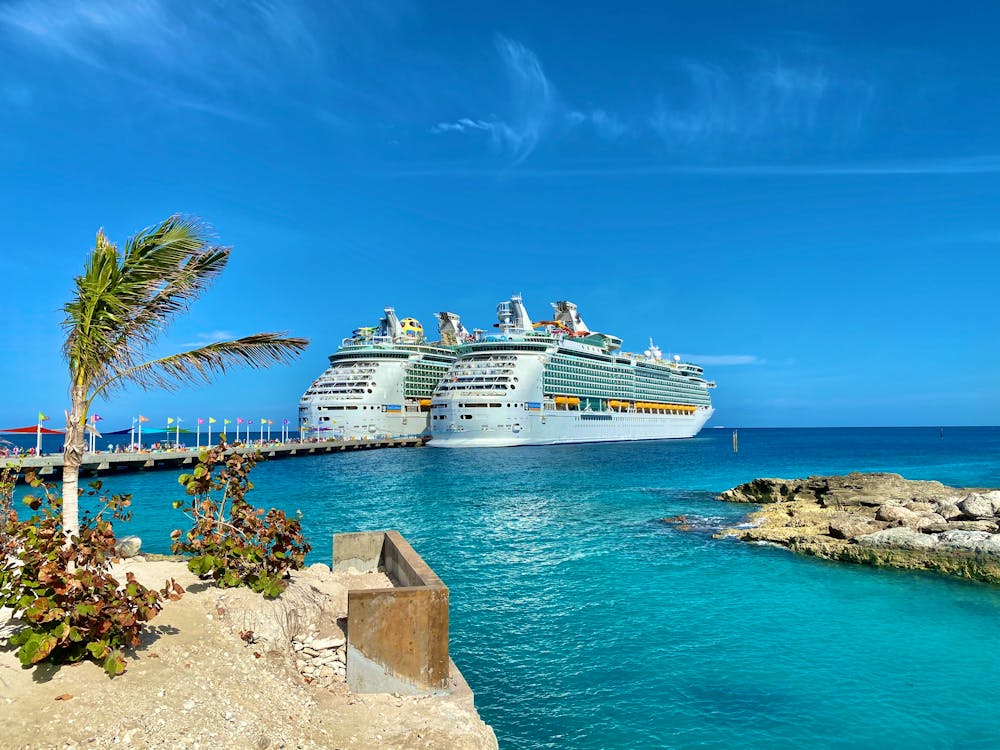Govind Mahal – Gwalior: A Glimpse into Royal Grandeur
Govind Mahal is one of the many architectural wonders of Gwalior, a city known for its rich history and majestic structures. Located within the Gwalior Fort, this palace holds significant historical importance as it was once a royal residence. Named after Govind Rao Scindia, a key figure in the Scindia dynasty, the palace is an exquisite example of traditional Rajput architecture, blending elements of Mughal and Maratha styles. Govind Mahal is known for its intricate carvings, expansive courtyards, and grandeur, offering a glimpse into the regal lifestyle of the Maratha rulers who once inhabited the fort.
The fort, towering over the city, is a symbol of strength and resilience, and Govind Mahal adds to the cultural and historical richness of the site. The palace showcases detailed frescoes, stunning arches, and spacious halls, making it a captivating destination for history enthusiasts and architecture lovers.
Notable Spots Around Gwalior Fort
While visiting Govind Mahal, make sure to explore the nearby Gwalior Fort and its architectural gems, including:
1. Tansen Ka Maqbara
- Style: Mughal
- Brief: This mausoleum is dedicated to Tansen, one of the nine gems of Emperor Akbar’s court, renowned for his musical prowess. The structure is built in a Mughal style, with a prominent dome and simple yet beautiful carvings, symbolizing the era’s elegance.
2. Teli Mandir
- Style: Dravidian
- Brief: An ancient Hindu temple dedicated to Lord Vishnu, Teli Mandir stands out with its unique Dravidian architecture, featuring a high shikhara (tower) and intricate carvings on the exterior, blending South Indian and Central Indian styles.
3. Jayaswal Mahal
- Style: Maratha
- Brief: The Jayaswal Mahal is an opulent palace that showcases Maratha architectural influences. Known for its sprawling courtyards, ornate carvings, and exquisite artwork, the palace exudes the grandeur of the Maratha dynasty.
4. Gujari Mahal
- Style: Indo-Islamic
- Brief: Built by Maharaja Man Singh, this beautiful palace was dedicated to his wife, Mrignayani, and is known for its Indo-Islamic architecture, with decorative arches, domes, and intricate designs that reflect Mughal architectural elements.
5. Moti Mahal
- Style: Mughal
- Brief: The Moti Mahal (Pearl Palace) is one of the most stunning structures within the Gwalior Fort. Its Mughal-style architecture features delicate arches, intricate carvings, and spacious halls, making it an exemplary piece of Mughal architectural grandeur.
6. Badal Mahal
- Style: Maratha and Mughal
- Brief: The Badal Mahal (Palace of Clouds) stands out with its unique combination of Maratha and Mughal architecture, featuring beautiful frescoes, lush courtyards, and an elevated position that offers a panoramic view of the surrounding region.
7. Saas-Bahu Mandir
- Style: Nagara (Northern Indian Temple Architecture)
- Brief: Despite its name meaning “Mother-in-Law and Daughter-in-Law Temple,” the Saas-Bahu Mandir is a pair of stunning temples with intricate carvings and high spires. The temples are dedicated to Lord Vishnu and display classic Northern Indian architectural style with delicate sculptures and detailed reliefs.
Is This Africa’s Most Breathtaking Mountain Range? | Maya
Fizz and Flavor: An Exploration into Cold Drink History | Maya
End Note
Gwalior, with its Govind Mahal and the nearby architectural gems like Tansen Ka Maqbara, Teli Mandir, and Gujari Mahal, stands as a testament to the rich cultural and architectural heritage of India. Each monument represents a unique blend of regional and royal styles, offering visitors a captivating glimpse into the country’s glorious past. Whether you’re drawn to the grandeur of the Moti Mahal or the serene beauty of Saas-Bahu Mandir, Gwalior remains a treasure trove of historical landmarks waiting to be explored.
All the mentioned spots, including Govind Mahal, Tansen Ka Maqbara, Teli Mandir, Jayaswal Mahal, Gujari Mahal, Moti Mahal, Badal Mahal, and Saas-Bahu Mandir, are located in Gwalior District, Madhya Pradesh, primarily within the Gwalior Fort Complex and its surrounding areas. Gwalior is easily accessible by air via Gwalior Airport (GWL), by train through the Gwalior Railway Station, or by road through National Highway 44. Once in the city, local transport options like taxis and auto-rickshaws are available to explore these historical landmarks.



